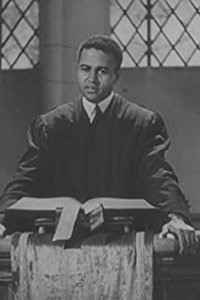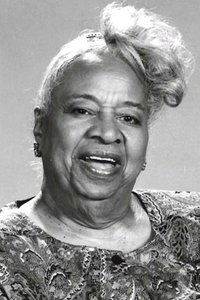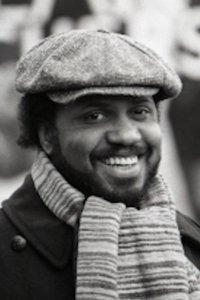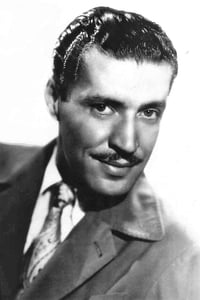Midnight Ramble
The Story of the Black Film Industry
Genres
Documentary
OverView
A documentary chronicling the pioneering efforts of black filmmaker William D. Foster in the early years of the industry and Oscar Micheaux's controversial impact on the subsequent "race movies".
Others
Budget
$--
Revenue
$--
Status
Released
Original Language
English
Runtime
57 mins
Rating
7/10
Release Date
26 October 1994
Country
United States of America










